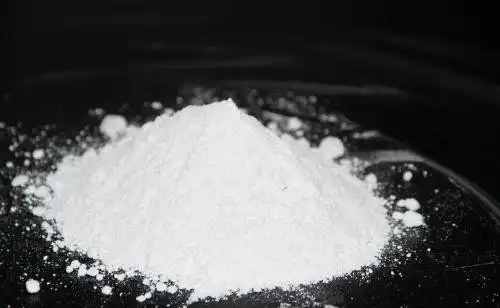Hebei Messi Biology Co., Ltd. stated that when the organic matter in the sludge at the bottom of the aquaculture farm decays and decomposes, this area is in an anaerobic state. As a result, the anaerobic Thiobacillus sulfate-reducing bacteria (English abbreviation SRB, the same below) ) can grow and have considerable activity, which can reduce sulfate to hydrogen sulfide. In most cases, hydrogen sulfide generated from bottom sludge is produced by SRB. In other words, SRB can only breed and reproduce in weakly acidic water. When the pH value of the water body is greater than 8.5, (usually 8.5 to 9.0), SRB cannot survive. Therefore, spreading magnesium hydroxide into the bottom silt will increase the pH value of the water body to above 8.5. Although the solubility of magnesium hydroxide is very small, the rate of dissociation into magnesium ions and hydroxide ions is continuous. As long as there is sufficient dosage, the weak alkalinity of the water body will remain for a long time, which can inhibit the growth of SRB. , thereby eliminating the generation of hydrogen sulfide.
It can be seen from the above chemical reactions that
1. Above the water level in the sewer, hydrogen sulfide is oxidized by Thiobacillus into sulfuric acid, which is the cause of corrosion.
2. Below the water level, sulfate is reduced by SRB to generate hydrogen sulfide.
3. After adding magnesium hydroxide, hydrogen sulfide is adsorbed by magnesium hydroxide to form a solid solution, which is further decomposed into magnesium hydrogen sulfide and oxidized to form magnesium sulfate, which is neither odor nor corrosive.

The use of magnesium hydroxide to remove hydrogen sulfide from water has a history of at least 15 years abroad. It has performed very well in sewage treatment plants, sewers, and aquaculture applications.
Laboratory research placed 50mm thick shrimp farm sludge in a small pool, filled the pool with seawater, put 12 shrimp seedlings, added magnesium oxide according to the area of the pool, replaced 10% of seawater every day, and observed the PH value changes and optimal growth conditions.
Changes in PH value: After addition, the PH value of seawater was 8.45 for 90 days, indicating that magnesium oxide has the ability to maintain the PH value of water within a specific range for a long time. The shrimps in the pond shed their skins and grew many times, indicating that magnesium oxide is not toxic to the shrimps. At the same time, magnesium ions can work together with sodium ions and potassium ions to maintain the balance of intracellular and intracellular osmotic pressure, alleviate the response of aquatic animals to heat stress, thereby increasing the food intake of fish, shrimp and crabs in high-temperature weather, and reducing the disease caused by high-temperature fish, shrimps and crabs. Heat stress response.
In addition, it is recommended that in the case of heat stress, the amount of magnesium oxide in the diet should be increased to compensate for the loss of magnesium in the body, thereby ensuring and maintaining normal body balance. And magnesium is a component of chlorophyll. All kinds of algae need magnesium. Magnesium plays an important role in sugar metabolism. Plants need more magnesium during the fruiting process. If magnesium is insufficient, the net synthesis of ribonucleic acid (RNA) will stop, nitrogen metabolism will be disordered, and carbohydrates and extremely unstable phospholipids will accumulate in the cells. Magnesium deficiency will also affect the absorption of calcium.
